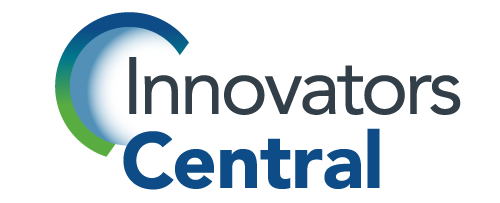As the world puts the nightmare scenarios of 2020 behind it, businesses have learned to adapt and innovate in new ways. Many of these innovations take advantage of available and emerging technology. But others lean on social trends and new ways to empower those performing the jobs and tasks in an enterprise.
This adaptation has also changed the way businesses conduct R&D. Focus, expectation, and end goals for product development are shifting to solidify critical trends that will drive the next wave of R&D for new and existing businesses. Here is a look at some of the trends in R&D in 2021 that you may want to consider.
2021 R&D Trends
1. Artificial Intelligence/Machine Learning
Artificial intelligence (AI) and machine learning (ML) are critical parts of new business models. With studies showing that as high as a third of respondents indicating their importance to core business models, the trend of including this technology into as many R&D projects as possible will continue. This not only includes smart devices and services. It extends to smart factories, smart cities, and countless other applications. The trend also shows that this phenomenon is occurring across all industries and not just in tech. New services and a better customer experience can be achieved by incorporating AI and ML into products and ecosystems.
2. Virtual Reality/Augmented Reality
Virtual reality (VR) and augmented reality (AR) are also trending for R&D applications. As COVID-19 laid bare, traditional service models became untenable during the pandemic. However, VR and AR offer a way to visualize and directly manage on-site staff, eliminating the need for service technicians. This is true in core service industries and in manufacturing maintenance. But it also impacts R&D teams that can operate remotely or across the globe without being physically present.
3. Worker Empowerment
As the perfect blend of technology and skillset, new applications are arising that democratize development. While traditional R&D teams will remain, they may be more far-flung than before. With low or no-code software becoming more abundant, more people can effectively participate in the development process. With each internal user customizing their connection to the network, new ways to innovate and modify existing services or projects are being discovered. This makes creators out of employees who traditionally would not have contributed, and new technology continues to “crowd-source” its way into R&D.
4. Recognize the Shifts
What drove R&D twenty years ago is fundamentally different than what drives it today. In Canada alone, R&D was dominated in 2001 by manufacturing at 64% of projects conducted. Service industry companies contributed the balance. Flash forward to today, and those numbers have completely flipped, with services taking up two-thirds while manufacturing has dropped to a third. Knowing where the shifts are occurring can help companies craft an R&D strategy suited for their industry.
5. Environmental, Social, and Governance
Today’s consumers are more likely to embrace brands and use products that reflect their core values. And they trust those brands to adopt strategies for operations and new product development that maintains that trust. There is a strong push for environmental, social, and governance (ESG) to create processes to respect these tastes. The inclusion of ESG must start at the R&D phase so that products and brands are mindful of the customers that use them.
Few things are as important in a business as R&D. And for emerging companies led by entrepreneurs, there is little room for error given scarce resources and tough competition. The Henry Bernick Entrepreneurship Centre (HBEC) at Georgian College offers staff, resources, training, and access to insights and assistance from experienced business leaders. By utilizing our programs, entrepreneurs can ensure that they know the trends in R&D and how to access and apply them to their development projects to make the best use of scarce resources.
To find out how we can help guide your R&D project, contact us today.










